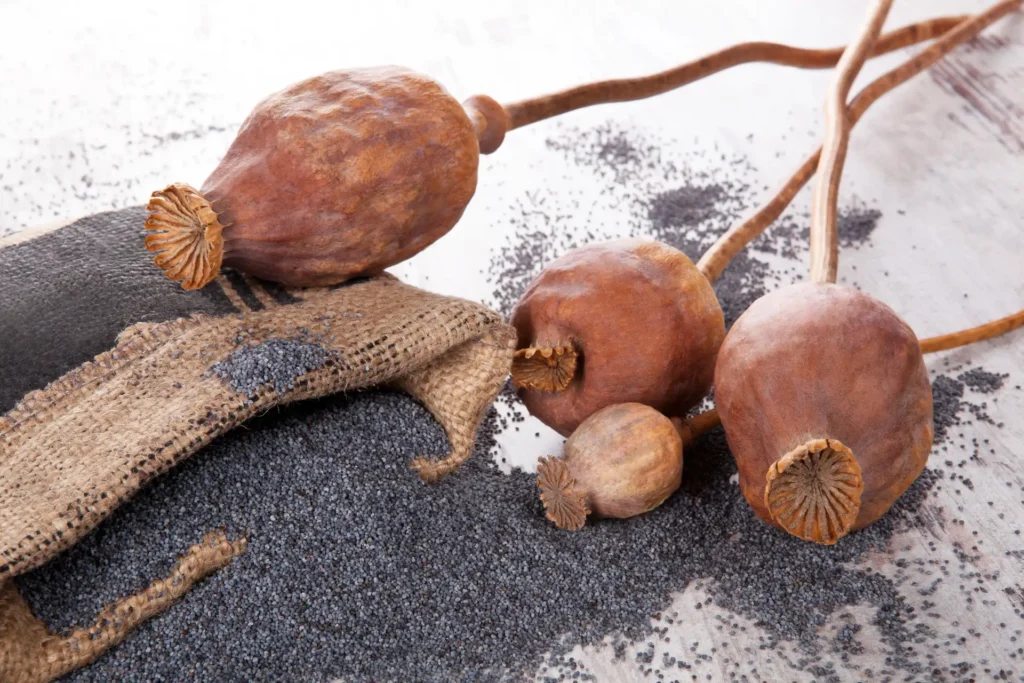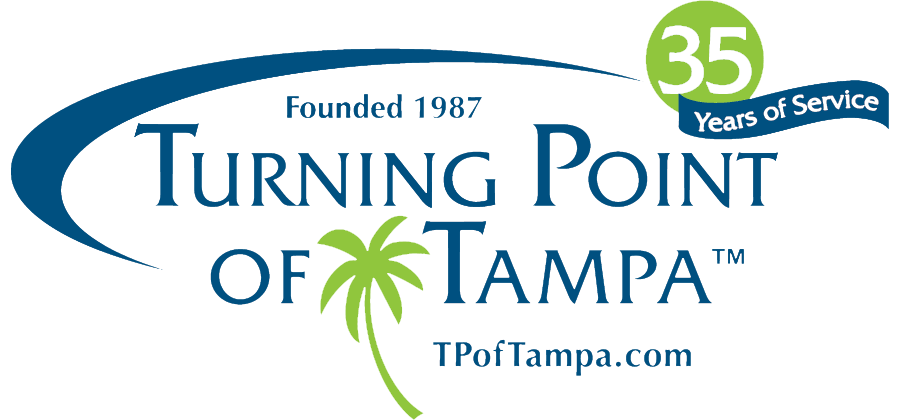The opiate crisis in the United States has caused over 700,000 deaths since 1999. Many of these deaths were due to heroin. Heroin users quadrupled between 2002 and 2013.
Many trace the epidemic’s starting point to the overprescription of pain medications like Oxycontin. As users of these opioid medications developed a stronger tolerance, many of them became dependent on these substances. When they could not access them, they were forced by withdrawal symptoms to seek out other forms of opiate.
How the Drug Enforcement Administration (DEA) Impacted the Crisis

The United States’ drug policy played a major role in the crisis. There was an effort to crack down on prescription pill abuse via increased legal restrictions following nationwide press coverage of so-called “pill mills,” pain clinics that dispensed opiate prescriptions indiscriminately.
The efforts of legislators and law enforcement (primarily the DEA) to deal with substance abuse have been referred to as a “whack-a-mole” approach. As they crack down on specific drugs, other drugs arise to fill the demand. The War on Drugs had some success in reducing illicit drug abuse, but as an unintended consequence, users and suppliers turned to drugs that were available in the pharmacy.
A 2016 report in an international journal published by the United Nations Office of Drug Control found that prescription drugs were the second most abused substance in the United States, second only to marijuana. As this form of drug abuse became more visible, U.S. lawmakers and enforcement agencies like the DEA took action to curb practices like “doctor shopping” (visiting multiple physicians to obtain multiple prescriptions). They also cracked down on “pill mills.”
As a result, many users of prescription drugs were abruptly cut off from their legal supply of opioids. Many of these people became heroin users. The National Institute of Health has noted the disproportionate impact of this epidemic on African American drug users.
The Basics on Heroin

Heroin is an illegal and highly addictive opioid drug derived from morphine, which is, in turn, derived from poppy plants. While morphine is a legal, controlled substance used in medical settings, heroin is a street drug, meaning that its potency and purity are very unpredictable.
Heroin is typically injected, snorted, or smoked and rapidly produces intense euphoria and pain relief. Heroin poses significant risks of overdose and addiction.
Recognizing different forms of heroin is important for people whose loved ones struggle with substance abuse. Many people assume that the drug takes the form of a white or brownish powder and is distributed in small bags like cocaine. But another variety has its own unique health risks: black tar heroin. Read on to learn more about this dangerous substance.
What is Black Tar Heroin?

According to the DEA, black tar heroin is a significant drug of abuse in the western United States. The Centers for Disease Control and Prevention (CDC) reports that heroin use has increased in recent years, with a significant increase in overdose deaths. The National Survey on Drug Use and Health (NSDUH) reports that approximately 1 million Americans use heroin each year. Black tar heroin use is often associated with other substance abuse and mental health issues.
Heroin has a varying consistency depending on manufacturing methods, cutting agents, and moisture levels. The most common types are powder heroin and black tar, also known as black dragon.
Black tar heroin is a type of heroin that is less pure and cheaper than powdered heroin. It is typically dark brown or nearly black in color, although some forms of black tar heroin may be lighter in color.
Black tar heroin has this dark color due to crude processing methods. It is cheaper for the same reason and attracts heroin users who are unable to find or afford more pure forms of heroin. Black tar heroin is often produced in Latin America, especially in Mexico, and is commonly found in the western and southern parts of the United States.
Characteristics Of Different Forms of Heroin

Although each batch of a drug has its own variations, some observable trends are worth noting. There are other forms of heroin including brown heroin and heroin base that are used to a lesser extent in the United States. However, this article will focus on powdered heroin and black tar heroin, the most common forms in this country. If you have a loved one that you suspect is using heroin, this information will hopefully be of use.
Place of Origin
Opium poppy plants (the source of all heroin) are widely cultivated in Asia, Turkey, Pakistan, Afghanistan, India, Iran, Nigeria, and Mexico, but different forms of heroin are more likely to be produced in particular places.
Powder Heroin
Powder heroin is typically produced in Southeast Asia or Southwest Asia. While South American powder heroin exists, it is rarer and of more inconsistent quality than the Asian variety. The Asian form of heroin is more difficult to import and often arrives through ports like New York. New York is home to many heroin users for this and other reasons.
Black Tar Heroin
Black tar heroin is more often produced in Mexico or South American countries and is often labeled as “Mexican Black Tar.” In some areas of the United States, it is the only form of the drug available. Poppy plants (which are processed into morphine, then heroin) are grown in the mountainous regions of Western Mexico.
The states of Guerrero, Chihuahua, and Sinaloa are hotbeds for illegal poppy cultivation. Sinaloa lends its name to the Sinaloa cartel, one of the organizations most responsible for trafficking heroin into the United States. San Antonio, Texas, is a major crossroads for the trafficking of this substance and other drugs.
Appearance
Powder Heroin
Powder heroin is a white or brownish powder and is typically very fine, with a consistent texture throughout. White powder heroin is highly prized for its purity, whereas brown powder heroin has a darker color due to incomplete acetylation. Acetylation is the process by which morphine (derived from opium poppy plants) is turned into heroin.
Black Tar Heroin
Black tar heroin is a solid form of the drug. It is a sticky, and sometimes hard, substance. Black tar heroin is dark brown or black, with an inconsistent texture. It often resembles roofing tar.
Packaging
Powder Heroin
Powder heroin is typically sold in 1/4 square Ziploc baggies or glassine envelopes for individual doses targeted at drug users. Heroin that is reputedly from the United States is sometimes sold in bags or envelopes stamped with the U.S. flag, but this is often a marketing tactic to encourage heroin users to think the product is more pure (even if it was produced in Mexico).
Powder heroin can also be sold in small pieces of wax paper or even magazine paper, folded into “bindles”. If you come across multiple small bits of glossy paper, this may indicate someone is using heroin. The same is true for capsules.
The U.S. flag may also be stamped on “bricks,” which are larger quantities of heroin, often vacuum sealed. In this case, the U.S. flag might indicate that the package is intended for shipment and sale in the United States.
Black Tar Heroin
The packaging for black tar heroin typically reflects its sticky consistency. It is less likely to be sold in plastic baggies as it will stick to the interior. Thus, it is frequently sold in small, folded pieces of aluminum foil or tin foil, or in plastic wrap, methods of packaging that are less suitable for powder heroin.
Another common method is packaging the black tar heroin in small balloons. These balloons may be color-coded to indicate different amounts or types of heroin. If you are finding balloons with a greasy residue, that is a strong indicator that someone is using heroin. It is rare for black tar heroin to be packaged in paper bindles due to its consistency.
Bulk black tar heroin is typically wrapped in several layers of foil or plastic and then concealed in a larger container. It is sometimes vacuum-sealed to prevent detection by drug-sniffing dogs.
Production and Purity
Powder Heroin
As noted, powder heroin is prized for its purity, and most high purity heroin is in the form of white powder. As noted above, the acetylation process that morphine is subjected to to turn it into heroin changes the color, as do other steps in the refinement process. More brownish powder is typically likely to be less pure. However, the brown powder form of heroin still has a higher average purity than black tar heroin. It is subjected to additional refinement steps after acetylation occurs.
Black Tar Heroin
Black tar heroin is among the least pure forms of the substance. While it still originates from opium poppy plants that are processed into morphine, then heroin, the refinement process ends after the acetylation phase.
While some heroin users assume that this lack of processing means that black tar has fewer adulterants than powdered heroin, this is untrue. Black tar heroin is often cut with several other things to increase its volume and thus earn more money by using less of the morphine base.
The most common adulterant is lactose, typically in the form of powdered milk. Both the heroin and the powdered milk are dissolved into a liquid substance and heated, then recrystallized into solid form. This method requires no complex equipment and is a common way of diluting black tar heroin, as powdered milk is very cheap.
Methods of Ingestion
Powder Heroin
Powder heroin can be used in many methods. Insufflation (snorting) is often the first way that heroin users consume the substance, as there is some stigma associated with injecting heroin (or any drug). Users may have already snorted cocaine or other drugs and feel that this is a safe way to experience. This method has a slow onset, and many people who start with insufflation eventually work their way up to other means of consumption as their tolerance builds.
Smoking the white or brownish powder that indicates high purity heroin (often off aluminum foil or tin foil) provides a more rapid onset than snorting. However, the most intense experience results from dissolving the powdered heroin in water and injecting it.
Powder heroin typically does not need to be heated to be injected. However, many heroin injectors will still heat the product to dissolve it more quickly and to remove impurities. A piece of cotton is also often used as a filter to prevent any solids or impurities from entering the needle.
Black Tar Heroin
Snorting black tar heroin is not typical, due to its consistency. Although users may be able to dry the product and crush it, most black tar heroin use happens through smoking or injecting, increasing the risk of overdose.
Black tar heroin smoking is often referred to as “chasing the dragon,” a reference to the substance’s nickname of “black dragon,” and the motion involved. Black tar heroin users place a piece on some aluminum foil or tin foil and heat it from below with a lighter. As it becomes liquid, they “chase” the smoke that comes off and inhale it through a tube of some sort.
Heroin injectors have found that black tar is more difficult to dissolve than high purity heroin, requiring heat to melt the substance into water. This is often done in a spoon with a lighter. The rest of the process is similar to how powder heroin injectors use the substance, with the solution being drawn through a cotton ball and injected.
Health Risks For Black Tar Heroin Users

The National Institute of Health and other public health authorities have noted that while there are health risks involved in using heroin of any form, black tar heroin use has specific risks that many users may not be aware of. Appraising oneself of these risks is important for anyone who knows or suspects the existence of substance use disorders among their loved ones.
Overdose
Heroin use has resulted in approximately 15,000 deaths per year due to overdose, and any form of heroin use carries a high risk of overdose. Opioids like heroin slow down the central nervous system, including the part of the brain responsible for breathing. This results in respiratory depression. If the effects of the drug are not interrupted, the respiratory depression will fully stop breathing, and the person will die.
Respiratory depression is paired with decreased consciousness, meaning the person may not be aware that their breathing has slowed. Symptoms of overdose include slow and shallow breathing, blue lips and fingernails, clammy skin, convulsions, coma, and possible death.
Black tar heroin users who inject the drug are at a higher risk of overdose and death due to unknown drug strength or contents. The DEA reports that black tar heroin is often cut with other substances, making it difficult for users to know the actual amount of heroin they are using.
Treatment for Overdose
Knowing how to respond to an overdose can save lives and prevent long-term health consequences.
Naloxone is a medication that can reverse the effects of an opioid overdose and is available by prescription or over-the-counter in some states. If a person has injected or otherwise used heroin and is showing any of these symptoms, naloxone ought to be immediately administered, usually through the nose. The nasal spray is not the only form of naloxone, as there is also an injection, but it is the most commonly available.
It may also be necessary to provide CPR if the person is not breathing. People who overdose are at high risk of brain damage, so the quicker they can have breathing function and consciousness restored, the better.
Unique Risks of Injection Drug Use
Venous Sclerosis
People who inject black tar heroin are at higher risk of venous sclerosis. Venous sclerosis is the hardening or thickening of the walls of veins and can interfere with circulation.
Bacterial Infection
Heroin injectors are also at increased risk for soft tissue infections. While there are many types of soft tissue infections, like wound botulism, the worst is necrotizing fasciitis. In necrotizing fasciitis, the fascia (connective tissue of the flesh) is eaten away by a bacterial infection. The bacterial infection starts at the site of injection and spreads.
The risk of wound botulism, necrotizing fasciitis, and other soft tissue infections is increased when users engage in “skin popping,” also known as subcutaneous injection. This occurs when they are unable to access a vein and instead inject heroin into their flesh.
Tar heroin injection can also be associated with bone and joint infections, including septic arthritis and osteomyelitis.
Blood-Borne Diseases
Injection drug use is a high risk factor for the transmission of blood-borne diseases such as HIV and hepatitis B. Sharing needles or other equipment can spread these diseases.
Signs of Addiction
Recognizing the signs of heroin addiction can provide an opportunity to intervene before it’s too late.
When a person actively using, heroin addiction is evidenced by small pupils, track marks on arms or other injection sites, rapid weight loss, and drowsiness.
When in between doses, addicts experience withdrawal symptoms. Addicts will be mentally scattered when they are withdrawing from substance use. They will be uncomfortable and have trouble sleeping. They may have a runny nose and watery eyes.
Treatment and Recovery

Help is available for those struggling with heroin addiction, including evidence-based treatment and holistic addiction treatment. Turning Point of Tampa provides this level of treatment for illicit substance use. Comprehensive addiction treatment is needed for those who abuse black tar heroin. Anyone struggling with abuse should seek professional help and enter treatment if they are able.
Turning Point’s treatment programs are designed to meet the unique needs of each individual, and include group discussions, individual counseling, and dual diagnosis treatment to address co-occurring mental health issues.
Medication-assisted treatment (MAT) is an effective approach to treating opioid addiction and can help reduce withdrawal symptoms and cravings. Turning Point of Tampa has physicians on staff that are trained in this form of treatment.
Turning Point of Tampa specializes in addiction treatment and offers a range of services, including detoxification, counseling, and medication-assisted treatment. Turning Point emphasizes participation in 12-step support groups, such as Narcotics Anonymous (NA), which can provide a sense of community and support for individuals in recovery from substance abuse.
Prevention and Education
Education and prevention efforts can help reduce the risk of black tar heroin use and addiction. The National Institute on Drug Abuse (NIDA) provides information and resources on drug abuse and addiction, including treatment options and research findings.
The DEA provides educational resources and materials on the dangers of heroin and other illicit substance use. Community-based programs can provide education and support for individuals and families affected by substance abuse. Early intervention and prevention efforts can help reduce the risk of long-term health consequences and overdose.
Getting Help for Black Tar Heroin Addiction
If you or someone you know is struggling with black tar heroin addiction, it’s essential to seek help immediately. Reaching out to Turning Point of Tampa is a great first step. The healthcare professionals there can provide a proper diagnosis and recommend treatment options.
Treatment programs like Turning Point can provide a safe and supportive environment for individuals to recover from addiction. While the use of this drug can lead to hopelessness and despair, recovery from black tar heroin addiction is possible with the right treatment and support.
Sources:
https://en.m.wikipedia.org/wiki/Black_tar_heroin

